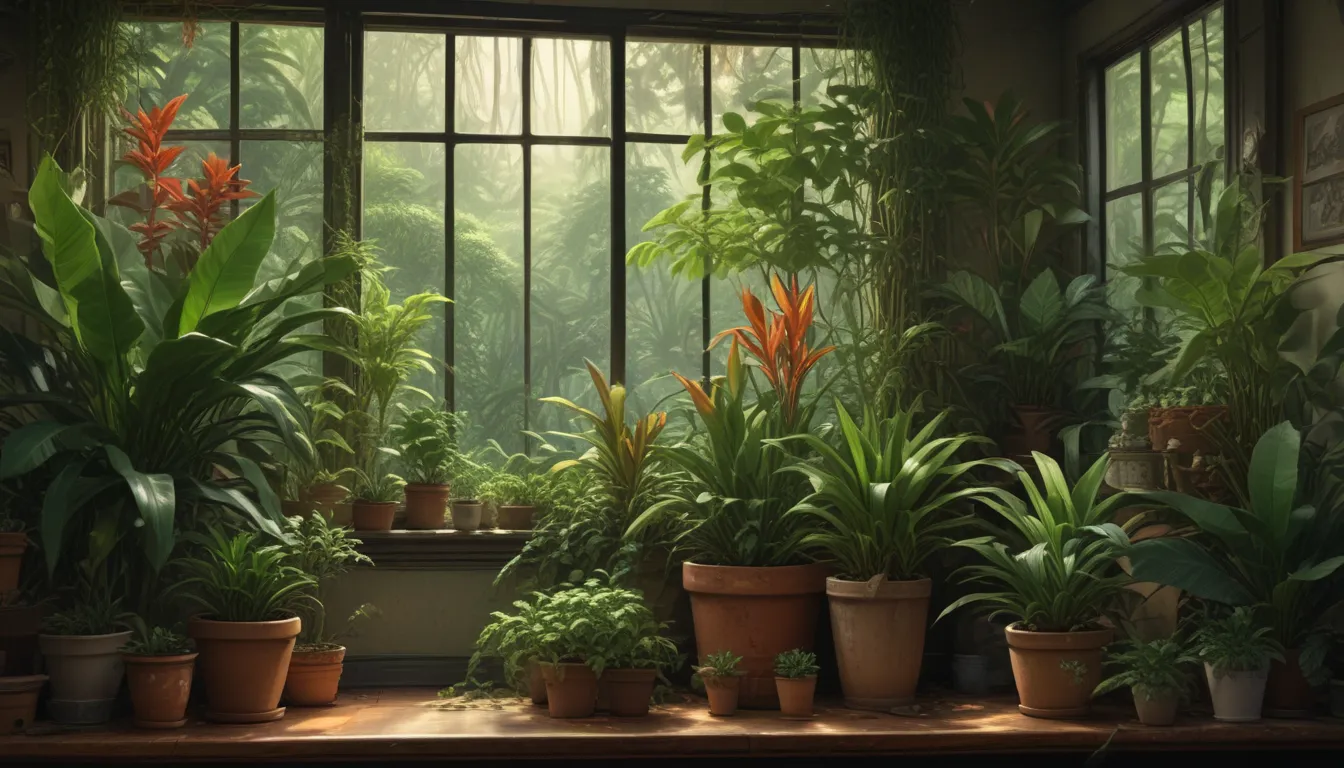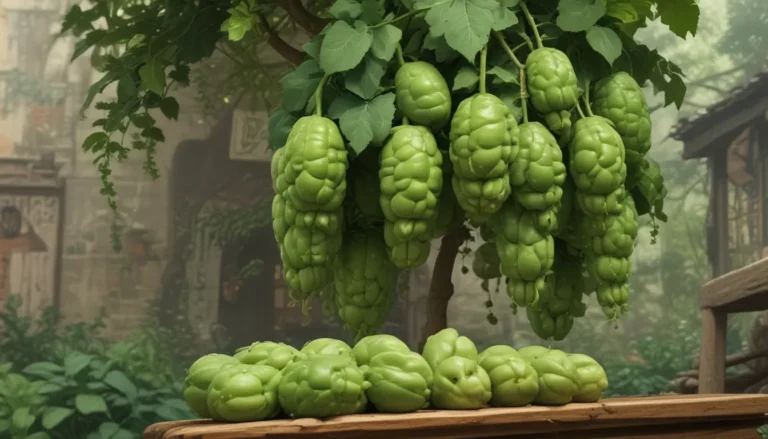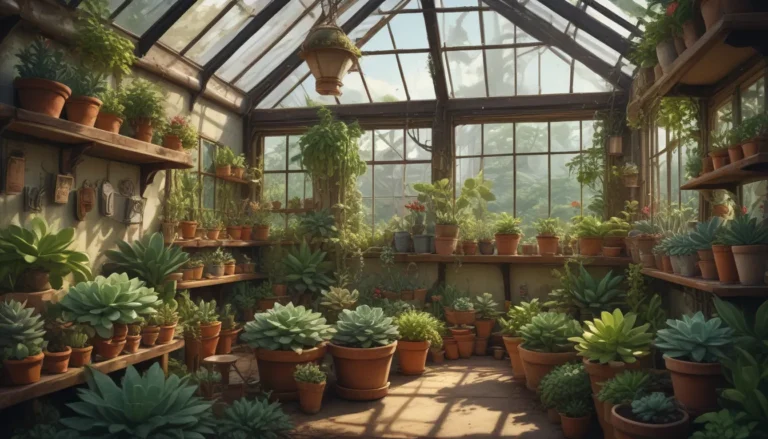A Comprehensive Guide on Growing Stromanthe Triostar Houseplants

Are you looking for a vibrant and lively houseplant that will brighten up your living space every day? Look no further than the stunning Stromanthe thalia ‘Triostar’. With its eye-catching variegated leaves in shades of white, cream, pale pink, and bright pink, this plant demands attention and care – and in return, it will reward you with mesmerizing patterns and colors that change with the rhythms of day and night.
In this detailed guide, we will cover everything you need to know to successfully care for your ‘Triostar’ prayer plant. From propagation to growing tips, pruning, maintenance, and more, we have you covered. So let’s dive in and discover the secrets to cultivating a thriving Stromanthe Triostar!
What Is Stromanthe Triostar?
The ‘Triostar’ is a cultivated variety of Stromanthe thalia, a native species of tropical rainforests in Brazil. Known for its stunning foliage, ‘Triostar’ features variegated leaves with colors ranging from light to dark green, cream, white, and pale pink, set against the backdrop of vibrant pink undersides. With a fountain-like growth habit, this plant can reach heights of three to five feet, making it a striking addition to any indoor space.
Apart from its colorful leaves, ‘Triostar’ may also produce inflorescences with pinkish-red and white flowers in loose clusters in spring or summer. As a member of the prayer plant family Marantaceae, this plant is related to goeppertias, ctenanthes, and marantas, all known for their unique foliage patterns and colors.
How to Grow Stromanthe Triostar
Choosing a Specimen
Select a healthy ‘Triostar’ with no yellowing or brown leaves, and check for signs of pests or disease. Ensure your plant is in a pot with drainage holes and planted in peaty soil for optimal water retention. Consider the location where you will place your plant, providing it with medium indirect light and avoiding extreme temperature fluctuations.
Light
‘Triostar’ prefers medium indirect light, with a little direct sun in the early morning. Avoid intense sunlight in the afternoon to evening, and adjust the plant’s position based on your home’s lighting conditions.
Temperature
Maintain a comfortable temperature range of 65-80°F for your ‘Triostar’ and avoid cold drafts or hot air sources. The plant is sensitive to temperature fluctuations, which can lead to browning leaves.
Water
Keep the soil moist but not soggy, as ‘Triostar’s’ roots can rot if overwatered. Water when the top layer of soil feels dry, and use rainwater, distilled water, or filtered water to avoid contaminants found in tap water. Ensure proper drainage, and adjust watering frequency based on your plant’s needs.
Humidity
Maintain a relative humidity above 50% for your ‘Triostar’, especially indoors. Grouping plants together, using humidity trays with pebbles, or using a humidifier can help increase air moisture and create a suitable microclimate for your plant.
Propagation
‘Triostar’ can be propagated through division of rhizomes in the spring. Separate clumps of stems with at least three leaves and plant them in separate containers with fresh potting medium. Repotting may also be necessary every two to three years to prevent root rot and ensure healthy growth.
Pruning and Maintenance
Pruning
- Trim brown or dead leaf edges with clean scissors to maintain the plant’s appearance.
- Remove entire brown leaves by cutting the stems close to the soil.
Repotting
- Repot ‘Triostar’ every two to three years to prevent root rot and ensure proper growth.
- Choose a pot one size up, with drainage holes, and use a rich, peaty soil mix for repotting.
Fertilizing
- Fertilize ‘Triostar’ with gentle options like worm compost tea twice a month during the growing season.
- Provide a balanced fertilizer for optimal growth without overfeeding.
Cleaning the Leaves
- Regularly clean the foliage with water to remove dust and keep the leaves healthy and vibrant.
Where to Buy
If you’re ready to purchase a Stromanthe Triostar, consider different size options based on your space and needs. Small, medium, and large specimens are available online from various vendors. Choose a healthy specimen with positive reviews and ensure proper shipping conditions, especially in cooler climates.
Managing Pests and Disease
Although ‘Triostar’ is generally pest and disease-resistant, it’s important to be aware of common issues that may arise:
– Insects like mealybugs, scale, and spider mites can infest ‘Triostar’ and should be treated promptly.
– Diseases like cucumber mosaic virus, leaf spot, and root rot can affect the plant if not properly managed.
– Preventative care, proper watering, and optimal growing conditions can help minimize pest and disease problems.
Best Uses for Stromanthe Triostar
‘Triostar’ is an ideal choice for indoor decoration or as part of an interiorscape. Safe for children and pets, this plant can brighten up any space with its vibrant foliage. In warmer climates, it can also be grown outdoors as a perennial. Ensure your plant receives the right light, water, and care to thrive and showcase its beautiful colors.
Conclusion
Caring for a Stromanthe Triostar requires attention to detail, ensuring the plant receives the right light, water, and humidity levels. By following the tips in this guide on propagation, growing, pruning, and maintenance, you can cultivate a healthy and vibrant ‘Triostar’ in your home. Remember to provide proper care, monitor for pests and diseases, and enjoy the visually stunning foliage this plant has to offer. With the right conditions and care, your Stromanthe Triostar will continue to impress with its colorful leaves and striking appearance. Happy growing!





